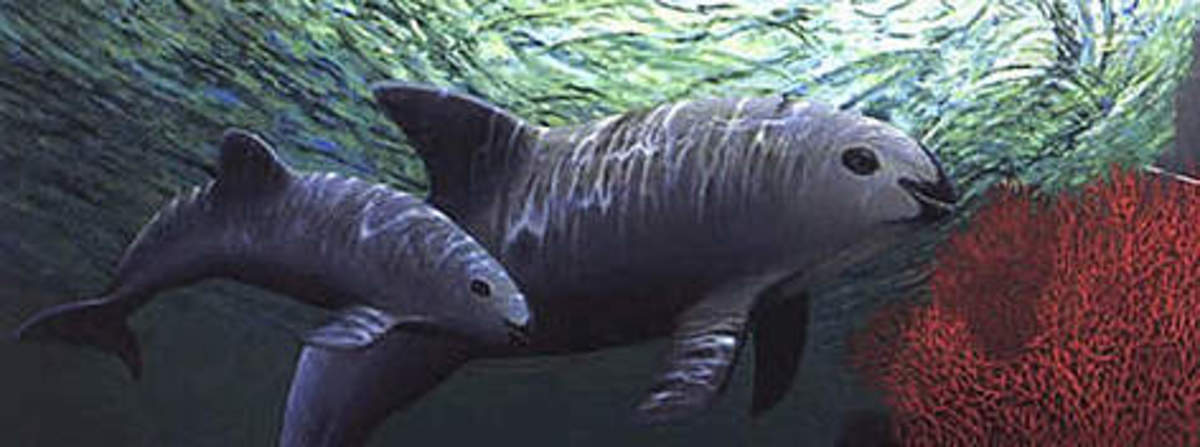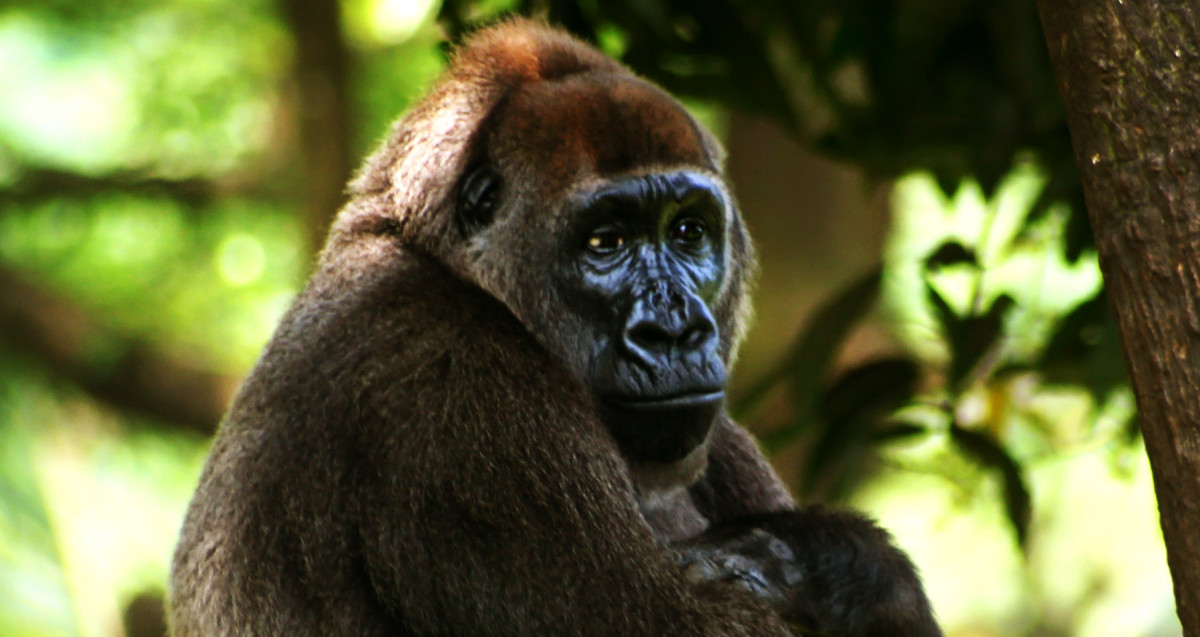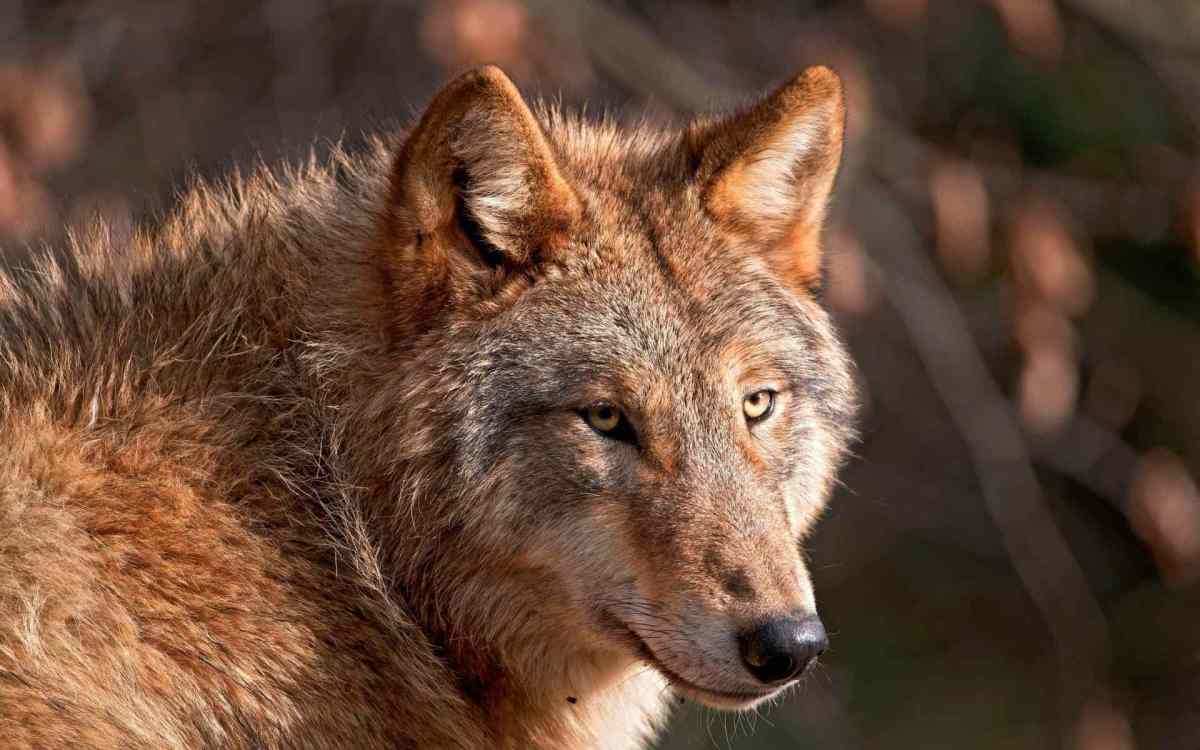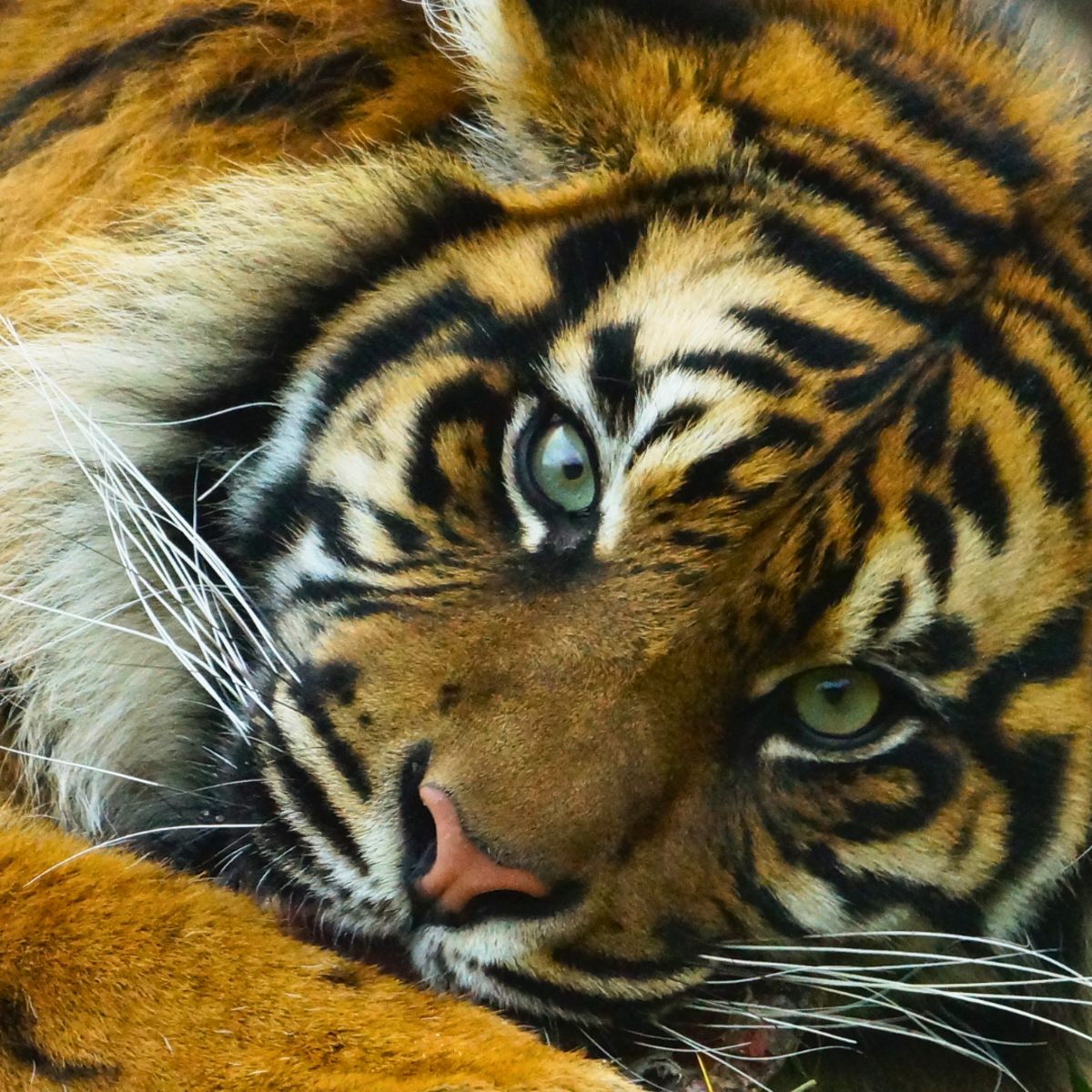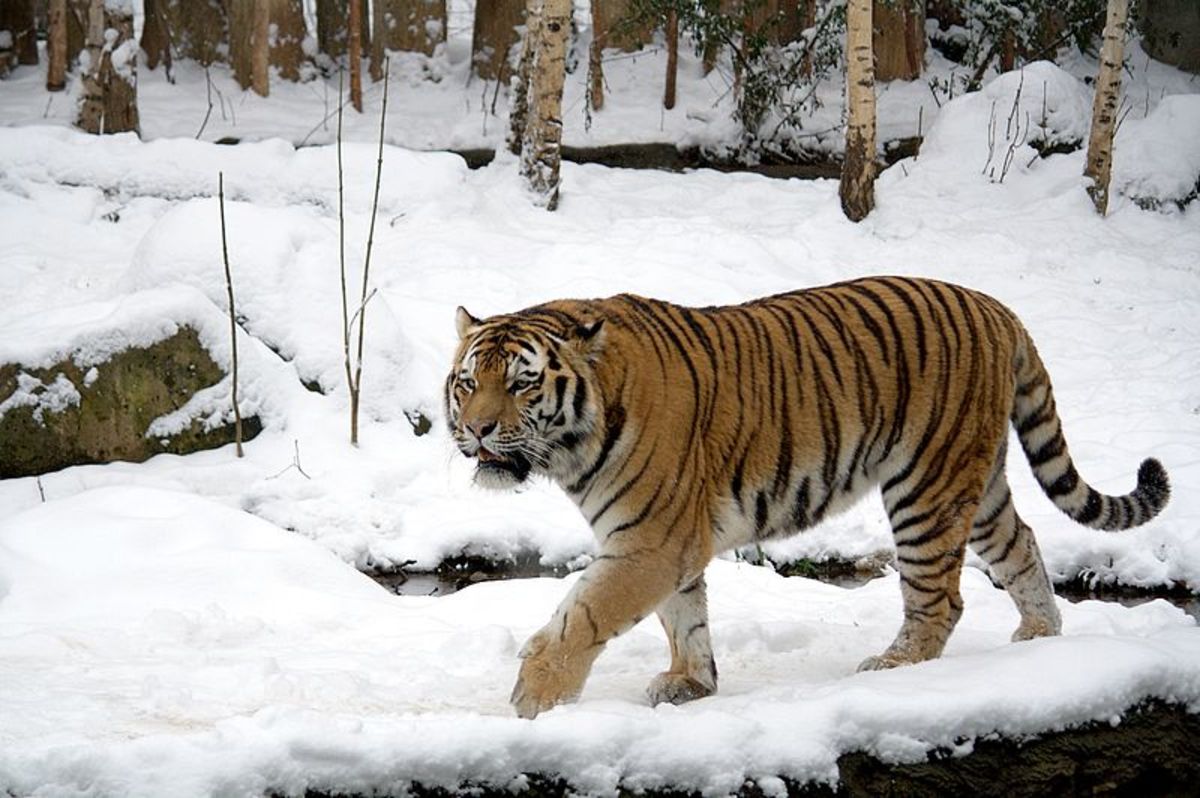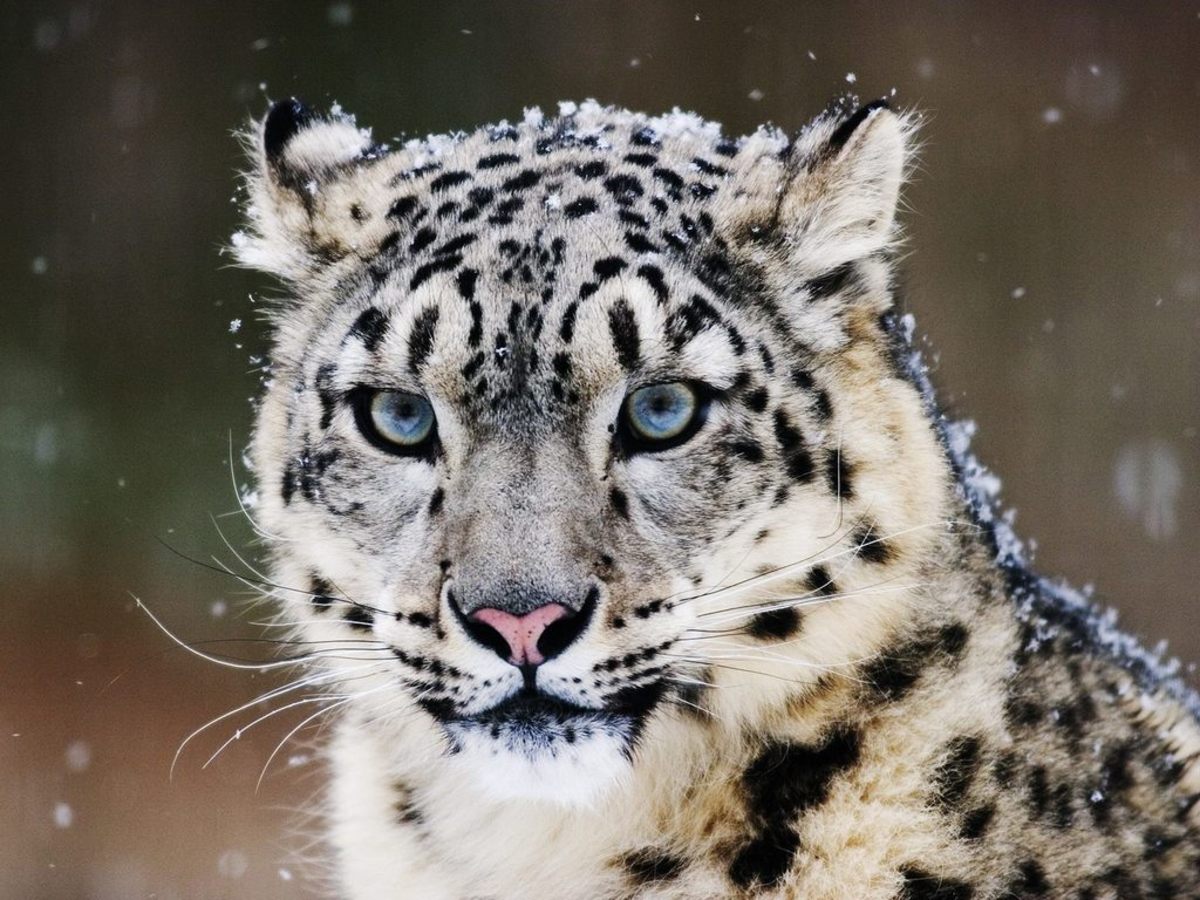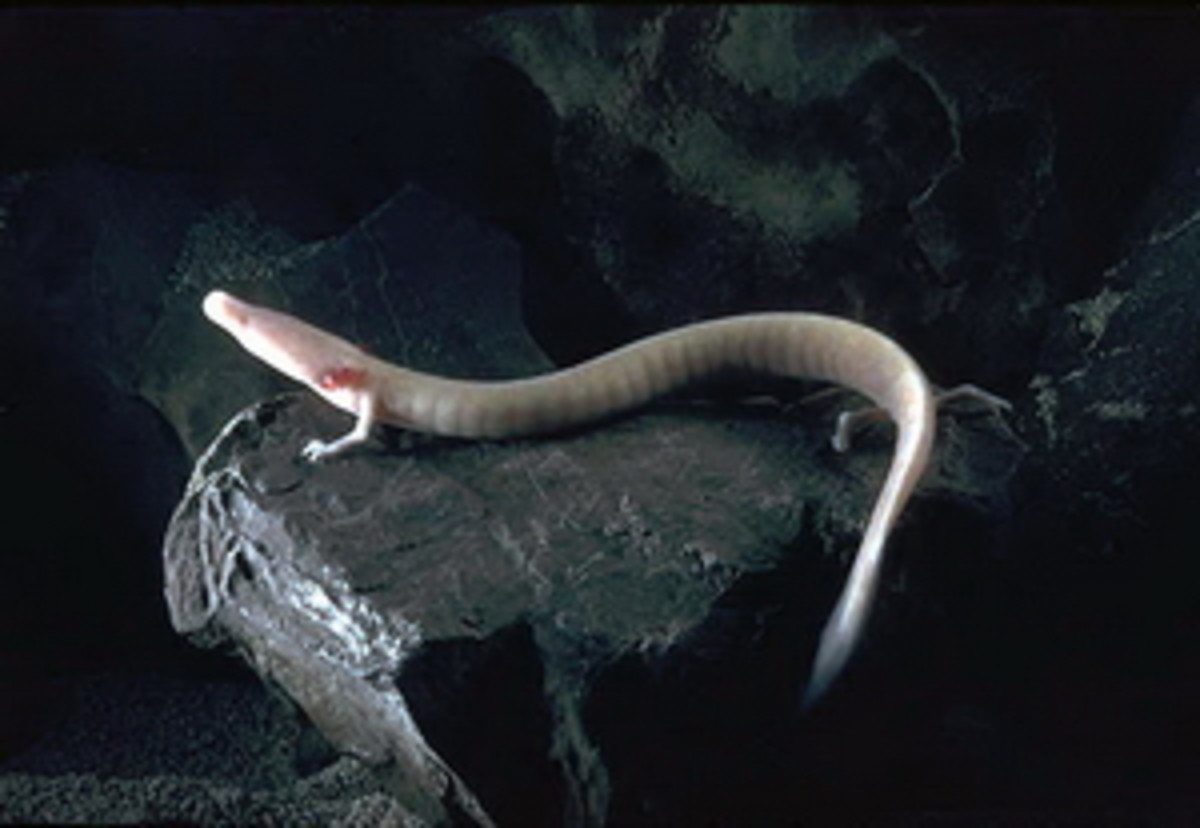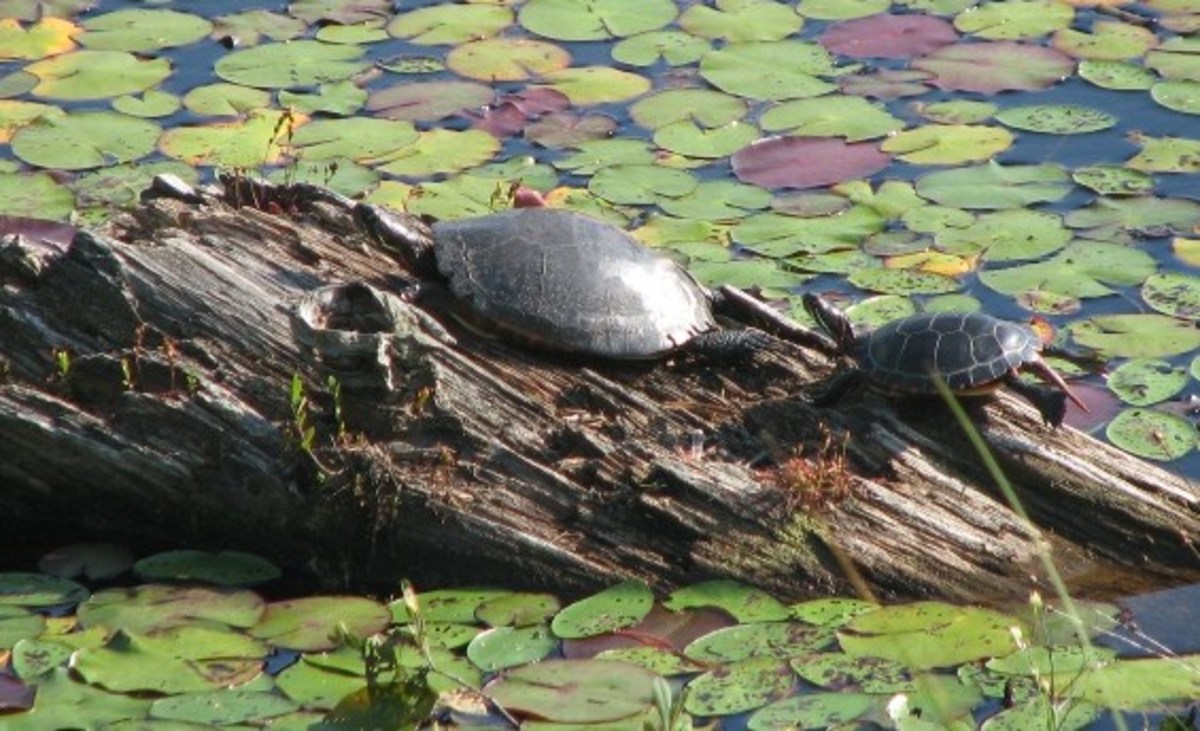- HubPages»
- Education and Science»
- Life Sciences»
- Endangered Species
2016 Most Critically Endangered Species List
There are nine categories that the IUCN (International Union for the Conservation of Nature) list which is updated every five years
Extinct (EX) means that there are no known species left. Extinct in the wild (EW) means that they are only survived in captivity. Critically Endangered (CE) basically means that there is a major high risk of becoming extinct in the wild. Endangered (EN) just means a high risk of becoming extinct in the wild. Vulnerable (VU) means that there is a high risk of becoming endangered in the wild. Threatened (TH) means a high risk of becoming endangered in the wild. Near threaten (NT) there is a chance that they could become endangered in the near future. Least concern (LC) is the lowest risk. Domesticated (DD) just means they live with humans and little chance of going extinct.
Flagship Species
According to the WWF (World Wide Fund For Nature) classified global species as: " A flagship species is a species selected to act as an ambassador, icon or symbol for a defined habitat, issue, campaign or environmental cause. By focusing on, and achieving conservation of that species, the status of many other species which share its habitat – or are vulnerable to the same threats - may also be improved. Flagship species are usually relatively large, and considered to be 'charismatic' in western cultures. Flagship species may or may not be keystone species and may or may not be good indicators of biological process. The terms “flagship” and “keystone” have generally consistent definitions across the conservation community, however “priority species” is a WWF term, and is solely for the purposes of planning and simple communication.For WWF, a “priority species” may be either a flagship or a keystone species and is chosen to represent an ecoregion or region."
Priority Species
The WWF states that, A “priority species” is reflective of a key threat across that ecoregion - such that conservation of the species will contribute significantly to a broader threat mitigation outcome. It is often crucial to the economic and/or spiritual well-being of peoples within that ecoregion."
Keystone Species
The WWF says that "A keystone species is a species that plays an essential role in the structure, functioning or productivity of a habitat or ecosystem at a defined level (habitat, soil, seed dispersal, etc). Disappearance of such species may lead to significant ecosystem change or dysfunction, which may have knock on effects on a broader scale. Examples include the elephant's role in maintaining habitat structure, and bats and insects in pollination. By focusing on keystone species, conservation actions for that species may help to preserve the structure and function of a wide range of habitats which are linked with that species during its life cycle."
Indicator Species
The WWF says that "An indicator species is a species or group of species chosen as an indicator of, or proxy for, the state of an ecosystem or of a certain process within that ecosystem.Examples include crayfish as indicators of freshwater quality; corals as indicators of marine processes such as siltation, seawater rise and sea temperature fluctuation; peregrine falcons as an indicator of pesticide loads; or native plants as indicators for the presence and impact of alien species."
The Most Critically Endangered Animal Species of 2016
Amur Leopard (Panthera pardus orientalis)
Amur Leopard (Panthera pardus orientalis) there are more than sixty left and their habitat consist of temperate forest, broad-leaf and mixed forests in Russian Far East. Known to run up to 37 miles per hour, leap 19 feet horizontally and 10 feet vertically. They will carry their food and will hide their food to keep other predators from stealing it. Can live up to 10 - 15 years but in captivity can live up to 20 years. Males have been reported to help raise the babies and stay with the female but will fight over a female. Known by other names Korean leopard, Far East leopard, and the Manchurian leopard. WWF says that "The Amur leopard is important ecologically, economically and culturally. Conservation of its habitat benefits other species, including Amur tigers and prey species like deer. With the right conservation efforts, we can bring them back and ensure long-term conservation of the region." Threats come from poaching them for their spotted fur.
Amur Leopard
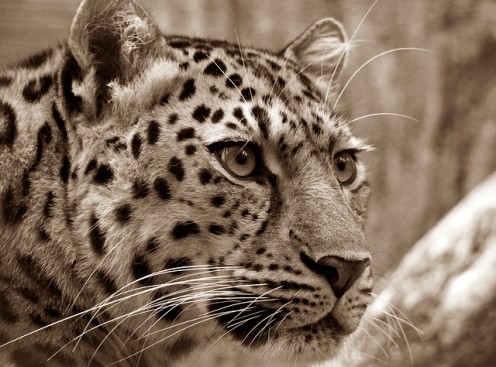
“Amur leopards are teetering on the brink of extinction. With the establishment of the Land of the Leopard National Park, in conjunction with other conservation efforts, we can now start to focus on how to begin bringing them back.”
— Dr. Sybille Klenzendorf Managing Director, Species ConservationBlack Rhino (Diceros bicornis)
Black Rhino (Diceros bicornis) stand at 5.2 feet and weighs 1,760 to 3080 pounds. There are over 5000 left and they live in Tropical and Subtropical Grasslands, Savannas, Deserts and Xeric Shrub-land. The WWF said that "Rhinos are one of the oldest groups of mammals, virtually living fossils. They play an important role in their habitats and in countries like Namibia, rhinos are an important source of income from ecotourism. The protection of black rhinos creates large blocks of land for conservation purposes. This benefits many other species, including elephants." These Black Rhino are killed for their horns but a secondary factor is loss of habitat.
Black Rhino
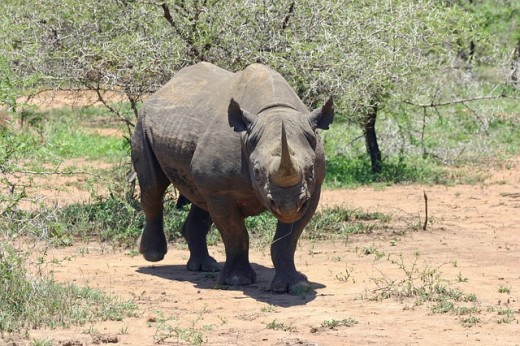
Bornean orangutan (Pongo pygmaeus)
Bornean orangutan (Pongo pygmaeus) weighs between 66 and 220 pounds with only 45,000 - 69,000 left, however; there are only about 1,500 Northwest Bornean orangutans a subspecies. They populate places such as lowland rainforests and tropical, swamp and mountain forests. The Bornean orangutan stands 3.3 to 4.6 feet. " Orangutans play a critical role in seed dispersal, keeping forests healthy. Over 500 plant species have been recorded in their diet", according to WWF. Illegal wildlife trade and conflicts with humans are what the orangutan main threats are but in 1997 - 98 a wild fire killed up to 8,000.
Cross River Gorilla (Gorilla gorilla diehli)
Cross River Gorilla (Gorilla gorilla diehli) according to WWF "Scientists have been unable to thoroughly study the distribution and abundance of the Cross River gorilla until the last decade or so. Because the gorillas are wary of humans and inhabit rugged territory, scientists have been unable to count many of these gorillas directly. Instead, researchers have used indirect signs, such as nest counts, and estimated range sizes to determine that there are only about 200 to 300 of these gorillas left in the wild. Cross River gorillas are scattered in at least 11 groups across the lowland montane forests and rainforests of Cameroon and Nigeria, an area of 3,000 square miles, or about twice the size of Rhode Island." When these Cross River Gorilla stand up they are 4 to 5 1/2 tall and weigh up to 440 pounds. Hunting and killing these gorillas is illegal in Cameroon and Nigeria but is now considered low but inbreeding has a impact due to loss of genetic diversity which is a population risk.
Cross River Gorilla
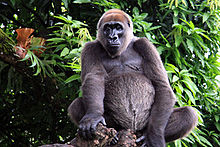
Eastern Lowland Gorilla (Gorilla beringei graueri)
Eastern Lowland Gorilla (Gorilla beringei graueri) also known as Graueri’s gorilla and the largest of the four subspecies. The population is unknown but scientist think that they have decreased by more than 50%. Violence in the region has made it impossible for an accurate count. The Eastern Lowland Gorilla weighs up to 440 pounds and stands at 4 to 5 1/2 feet tall. WWF says that:
"A QUICKLY DISAPPEARING SUBSPECIES
The eastern lowland gorilla’s range has declined by at least a quarter over the last 50 years. The last census, in the mid-1990s, estimated that there were only 16,900 of the animals left in the wild, but following more than a decade of habitat destruction and fragmentation and years of civil unrest, the eastern lowland gorilla’s population may have declined by half or more."
Hawksbill Turtle (Eretmochelys imbricata)
Hawksbill Turtle (Eretmochelys imbricata) a sea turtle, is 30 to 35 inches, nearly 3 feet long and weighs 90 to 150 pounds. This turtle lives in the ocean mostly the worlds tropical oceans, coral reefs and mainly feed on sponges but also eat sea anemones and jellyfish. "Hawksbills help maintain the health of coral reefs. As they remove prey such as sponges from the reef's surface, they provide better access for reef fish to feed. They also have cultural significance and tourism value. For example, for local residents in the Coral Triangle, the flow of visitors who come to admire turtles is a vital source of income" according to WWF. The greatest threat is the wildlife illegal trade but they also get tangled in fishing nets.
Hawksbill Turtle
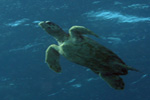
Top 10 Endangered Species of 2016, Close to Extinction
Javan Rhino (Rhinoceros sondaicus)
Javan Rhino (Rhinoceros sondaicus) with a population of only 60. Their height is 4.6 to 5.8 feet with a length of 10–10.5 feet and weigh 1,984 - 5,071 pounds. The habitat is Ujung Kulon National Park in Java, Indonesia a which is a tropical forest. The WWF states that, "The population in Ujung Kulon National Park represents the only hope for the survival of a species that is on the brink of extinction. Until the late 19th century and early 20th century, Javan rhinos existed from northeast India and the Sunderbans , throughout mainland Southeast Asia, and on the island of Sumatra. If we lose the population in Java, the entire species will disappear." A number of factors are the main cause of the Javan Rhino such as disease, natural disasters (highly vulnerable to tsunamis in Ujung Kulon National Park or a major volcano explosion), reduced genetic diversity, invasive species (Arenga palm that leaves the land barren) and illegal wildlife trade.
“We have brought white, black and Indian rhinos back from the brink of extinction so we know how to save rhino species. Now it’s time to pull together as a global conservation community to do the same for the Javan rhino.”
— Dr. Barney Long Asian Species ExpertLeatherback Turtle (Dermochelys coriacea)
Leatherback Turtle (Dermochelys coriacea) is the largest sea turtle that weighs 600-1500 pounds and is 55-63 inches. Atlantic and Pacific Oceans which they regularly cross every summer and fall. According to WWF "They are a fundamental link in marine ecosystems.Leatherback turtles consume large numbers of jellyfish which helps to keep populations of these marine organisms in check. Marine turtles, including leatherbacks, also provide a vital source of income as a draw for ecotourism in coastal communities, especially in the Coral Triangle." Threats to the turtles are getting caught in fishing nets, eating plastic since they mainly eat jellyfish, habitat loss and illegal wildlife trade for their eggs. In Malaysia they are extent because of taking their eggs for trade.
Leatherback Turtle
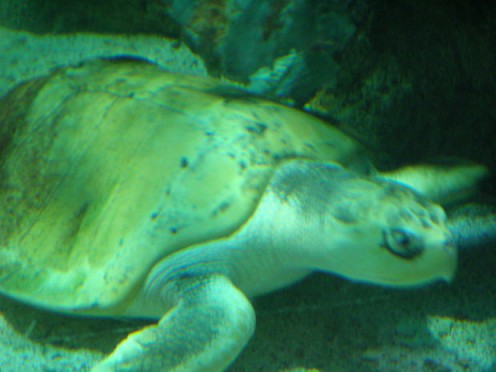
Mountain Gorilla (Gorilla beringei beringei)
Mountain Gorilla (Gorilla beringei beringei) which there are only 880 left. The gorilla stands at 4 - 5 1/2 feet and weigh up to 440 pounds. High in the mountains at elevations of 8,000 to 13,000 feet they live but the thick fur helps them to survive in below freezing weather but as more people move into their area they are forced to move higher which is more dangerous for them. According to WWF, "The war in Rwanda in the early 1990s and years of civil unrest in the Democratic Republic of Congo have sent waves of refugees into the region around the Virunga Mountains parks that are home to more than half the mountain gorilla population, leading to poaching and destruction of gorilla habitat. And parts of the park inhabited by gorillas have been taken over by rebels, making survey and conservation work difficult and dangerous. Since 1996, 140 Virunga rangers have been killed in the line of duty." Other factors that threatens the Mountain Gorillas is charcoal making (illegal harvest of charcoal that used for fuel and cooking), disease (vulnerable to human diseases) , habitat loss, and poaching for pet trade or bushmeat.
Orangutan (Pongo abelii, Pongo pygmaeus)
Orangutan ( Pongo abelii, Pongo pygmaeus) share 96.4 percent of human genes, highly intelligent and the name means "man of the forest" in Malay language. The population is about 41,000 and live in lowland forests. The orangutan weighs up to about 200 pounds and eat wild fruits but get water from holes in the trees. The WWF states that, "Orangutans are "gardeners" of the forest, playing a vital role in seed dispersal in their habitats. They live in tropical forests and prefer forest in river valleys and floodplains of their respective islands. Orangutans' extremely low reproductive rate makes their populations highly vulnerable. Females give birth to one infant at a time about every 3-5 years, so these species can take a long time to recover from population declines. With human pressure only increasing, orangutans face an increasing risk of extinction." There are two types of orangutans the Bornean and Sumatran, however; the Sumatran about 7,500 population left. Threats to them are hunting, illegal wildlife trade, deforestation and habitat loss.
More Critically Endangered Species
- Pangolin “Pangolins are sometimes mistaken as reptiles, but they are actually scaly-skinned mammals. When in danger, the pangolin can roll into a ball, exposing only the tough scales for protection. Little is known about this elusive creature, so it’s difficult to estimate wild population sizes. But given the demand for pangolin meat and scales, the population is believed to be in decline.”
- Saola (Pseudoryx nghetinhensis) population unknown thought to be a few hundred at most and at lest amount a few dozen.
- South China Tiger (Panthera tigris amoyensis) thought to be extinct in the wild and more than 25 years it has not been sighted in the wild.
-
Sumatran Elephant (Elephas maximus sumatranus) population between 2,400 - 2,800 and weighing in at 5 tons.
"Human-Elephant Conflict - As a result of the rapid development and deforestation in Sumatra, elephants often come into contact with human settlements. They raid crops, trample homes and sometimes even hurt or kill people. Those affected sometimes retaliate and poison or shoot elephants", as stated by WWF. - Sumatran Orangutan (Pongo abelii) their population is 7,300 and they only give birth every eight to nine years to one infant.
Pangolin
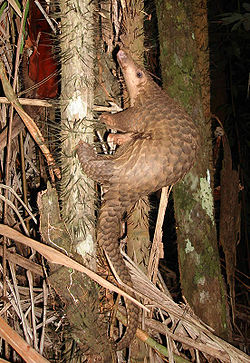
More Critically Endangered Species
-
Sumatran Rhino (Dicerorhinus sumatrensis) population is 220 - 275 and are the smallest of the living rhinoceroses.
- Sumatran Tiger (Panthera tigris sumatrae) the smallest subspecies with only 400 left. "Habitat destruction forces tigers into settled areas in search of food and where they are more likely to come into conflict with people. Human-tiger conflict is a serious problem in Sumatra. People have been killed or wounded, and livestock fall prey to tigers. Retaliatory action by villagers can result in the killing of tigers", states the WWF.
- Vaquita (Phocoena sinus) is the world most rare marine mammal with less than sixty left. Back in 1958 this little porpoise was discovered. WWF stated that, "The vaquita is the most endangered cetacean in the world. With likely fewer than 60 left, the species will become extinct without a fully enforced gillnet ban throughout their entire range. WWF urgently working to ensure they can live and thrive in their natural habitat."
- Western Lowland Gorilla (Gorilla gorilla gorilla) with an unknown population count. Disease the deadly Ebola virus has killed off about ninety percent of the region’s gorillas and chimpanzees.
Vaquita
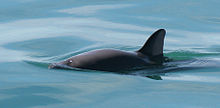

Extinct Yes or NO
Do you think some species with low numbers can be saved?
Ways To Help
- There are many ways you can help. Sign the pledge to help stop the illegal trade of animals, make a donation or adopt a species. https://www.worldwildlife.org/pages/stop-wildlife-crime
- Check out the page on many ways you can help such as send free e card, download free wallpapers, get a free news letter with the latest information and so many more ways you can help at https://www.worldwildlife.org/how-to-help
- Check out the action center for more ways to help https://support.worldwildlife.org/site/SPageServer?pagename=can_home&_ga=1.169216034.202052458.1474039533



